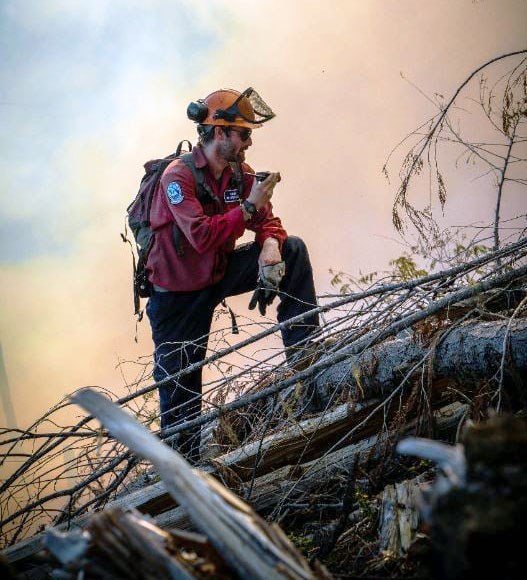The Central Interior will likely be free of wildfires for the time being but that could change drastically as spring progresses into summer, according to a B.C. Wildfire Service forecaster.
North of 100 Mile House, a "prolonged winter" continues to hold a grip, Matt McDonald said Thursday during a teleconference with provincial media, noting that snow is still on the ground and fuels remain buried and "rather moist."
But while the BCWF is not anticipating an "active fire season," a change in the weather could produce a reversal of fortune - similar to what the Central Interior went through last fire season.
If a "strong, robust ridge of high pressure with above seasonal temperatures" sweeps through and quickly melts the snow and is following by a couple of windy days, "those fuels dry out pretty rapidly and that's exactly what we saw last year," McDonald said.
"If you'll recall. the months of April and May were very showery, very cool, people were writing off the fire season. And we were there reminding people how quickly things can change and sure enough, mid-July we really turned the corner and got into a proper fire season."
McDonald is keeping a closer eye on the Peace region where there has "not been much in the way of precipitation," since the Battleship Mountain fire near Hudson Hope occupied firefighters for most of September and forced an evacuation of some 800 residents for a time.
Likewise, McDonald conditions are dryer and drought codes are more elevated in the Chilcotin into the west Cariboo.
South of 100 Mile, valley bottoms are now snow free, McDonald said, "so we're bringing our fire weather stations back online."
In a bulletin issued Wednesday, the River Forecast Centre predicted a low risk of flooding along the Upper Fraser.



